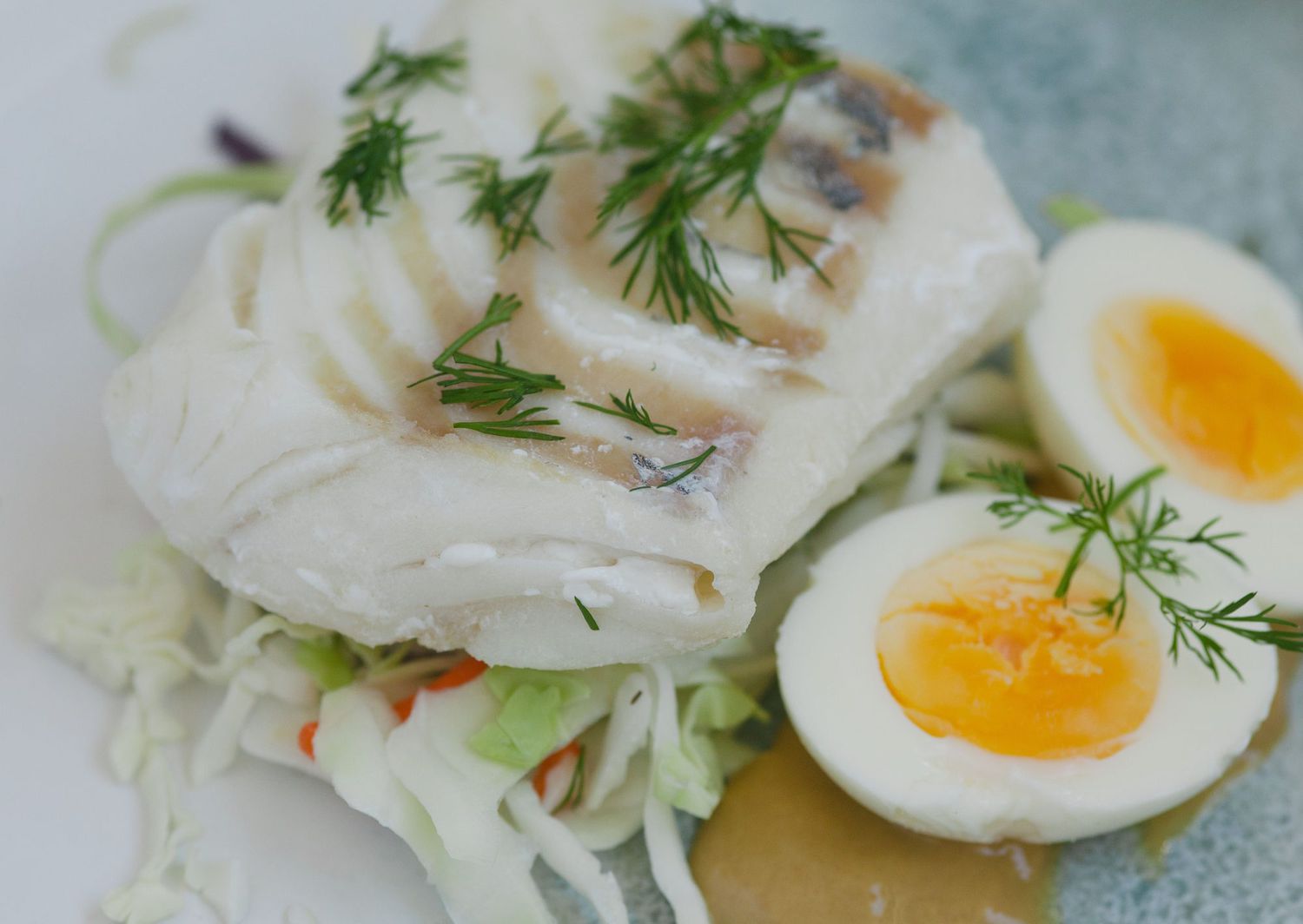- Joined
- Feb 2, 2013
- Messages
- 3,627
Here’s why…..the fish is dried in sodium hydroxideSodium Hydroxide is Lye, so why is there food grade Lye?

Lutefisk
Dried cod (lutefisk) is rehydrated in salt water and topped with melted butter in this Scandinavian dish with a Jell-O®-like texture.


